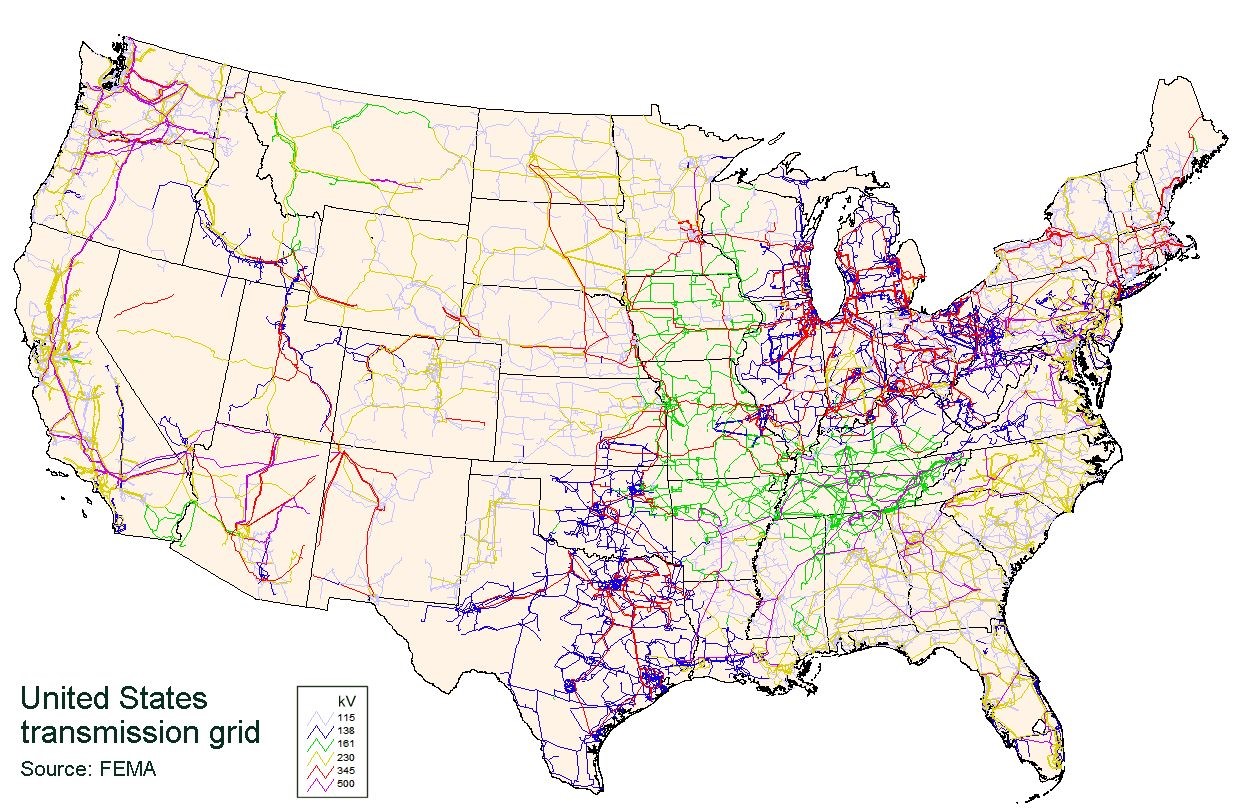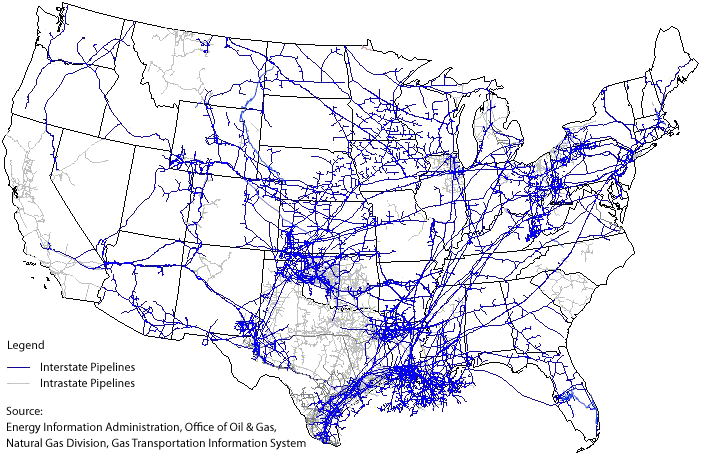Presidential Memorandum — Creating a Federal Strategy to Promote the Health of Honey Bees and Other Pollinators June 20, 2014
IVM Partners comments to the federal agencies on pollinators as a response to the federal strategy on pollinators that the President signed.


Side by side studies show how mowing increases invasive plant dominance
IVM allows natural germination of milkweed and other pollinator plants
Shrubs maintained and trees targeted with selective herbicide treatment provide dead stems and bare soil for native bee habitat and bird roosting.
“What we lack is old field and native prairie habitat, such as that found in this transmission ROW, which is perhaps the best pollinator habitat in the Mid-Atlantic States.” – Sam Droege, USGS
“IVM allows old field habitat to be maintained with minimal disturbance which provides important nesting sites for birds that have evolved to breed only in early successional habitats. Fire suppression and major changes in agricultural practices have nearly eliminated early successional habitats, but IVM along ROW can help offset this loss” – Rich Mason, USFWS
Electric transmission ROW can be managed as a Wire Zone – Border Zone with selective chemistry treatment under the conductors to develop meadow “prairie” habitat. Selective application techniques are used to retain shrub habitat along the ROW border and in ravines.
Utility-agency partnership to control invasive plants, such as Phragmites and autumn olive
“Bees need flowers for food and to provision for their young and appropriate places to build their nests. ROW provide these resources when they are managed in an integrated way that promotes a healthy mix of shrubs and herbaceous plants” – Kim Russell, NJ Institute of Technology
“Agencies shall evaluate management practices on utility ROW and make changes to enhance pollinator habitat through integrated vegetation best management practices by supplementing existing agreements” – Federal Strategy on Pollinators

